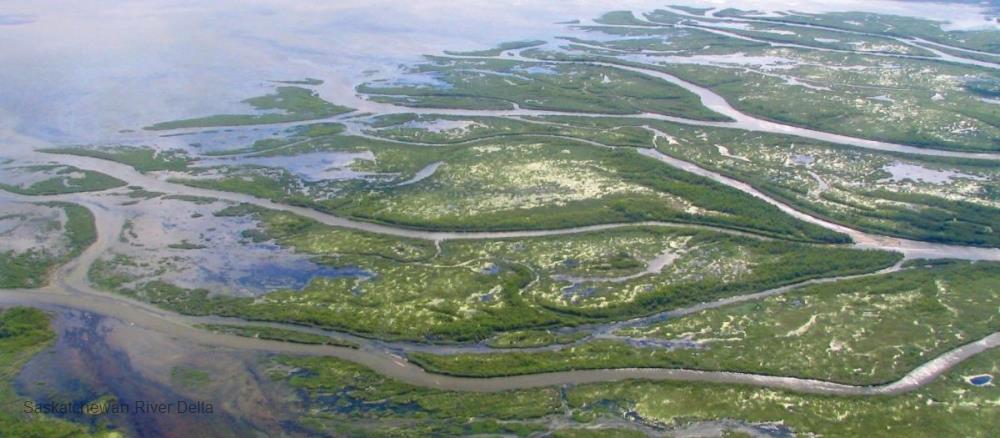
Related items loading ...
Section 1: Publication
Publication Type
Journal Article
Authorship
Barra, R. O., Chiang, G., Saavedra, M. F., Orrego, R., Servos, M., Hewitt, L. M., ... & Munkittrick, K.
Title
Endocrine disruptors impacts in non native and native fish from Chile: The wastewaters influence
Year
2021
Publication Outlet
Frontiers in Endocrinology, 12, 208
DOI
ISBN
ISSN
Citation
Barra, R. O., Chiang, G., Saavedra, M. F., Orrego, R., Servos, M., Hewitt, L. M., ... & Munkittrick, K. (2021). Endocrine disruptors impacts in non native and native fish from Chile: The wastewaters influence. Frontiers in Endocrinology, 12, 208.
https://doi.org/10.3389/fendo.2021.611281
Abstract
Industrial wastewaters and urban discharges contain complex mixtures of chemicals capable of impacting reproductive performance in freshwater fish, called endocrine-disrupting compounds (EDCs). In Chile, the issue was highlighted by our group beginning over 15 years ago, by analyzing the impacts of pulp and paper mill effluents (PPME) in the Biobio, Itata, and Cruces River basins. All of the rivers studied are important freshwater ecosystems located in the Mediterranean region of Central Chile, each with a unique fish biodiversity. Sequentially, we developed a strategy based on laboratory assays, semicontrolled-field experiments (e.g., caging) and wild fish population assessments to explore the issue of reproductive impacts on both introduced and native fish in Chile. The integration of watershed, field, and laboratory studies was effective at understanding the endocrine responses in Chilean freshwater systems. The studies demonstrated that regardless of the type of treatment, pulp mill effluents can contain compounds capable of impacting endocrine systems. Urban wastewater treatment plant effluents (WWTP) were also investigated using the same integrated strategy. Although not directly compared, PPME and WWTP effluent seem to cause similar estrogenic effects in fish after waterborne exposure, with differing intensities. This body of work underscores the urgent need for further studies on the basic biology of Chilean native fish species, and an improved understanding on reproductive development and variability across Chilean ecosystems. The lack of knowledge of the ontogeny of Chilean fish, especially maturation and sexual development, with an emphasis on associated habitats and landscapes, are impediment factors for their conservation and protection against the threat of EDCs. The assessment of effects on native species in the receiving environment is critical for supporting and designing protective regulations and remediation strategies, and for conserving the unique Chilean fish biodiversity.
Plain Language Summary
Section 2: Additional Information
Program Affiliations
Project Affiliations
Submitters
Publication Stage
Published
Theme
Presentation Format
Additional Information
Linking Multiple Stressors


 GWFNet
GWFNet Master
Master Data
Data Research
Research Map
Map
 Advanced
Advanced . . .
. . .

 Metadata Editor
Metadata Editor
 Record List
Record List
 Alias List Editor
Alias List Editor
 Legacy sites
Legacy sites